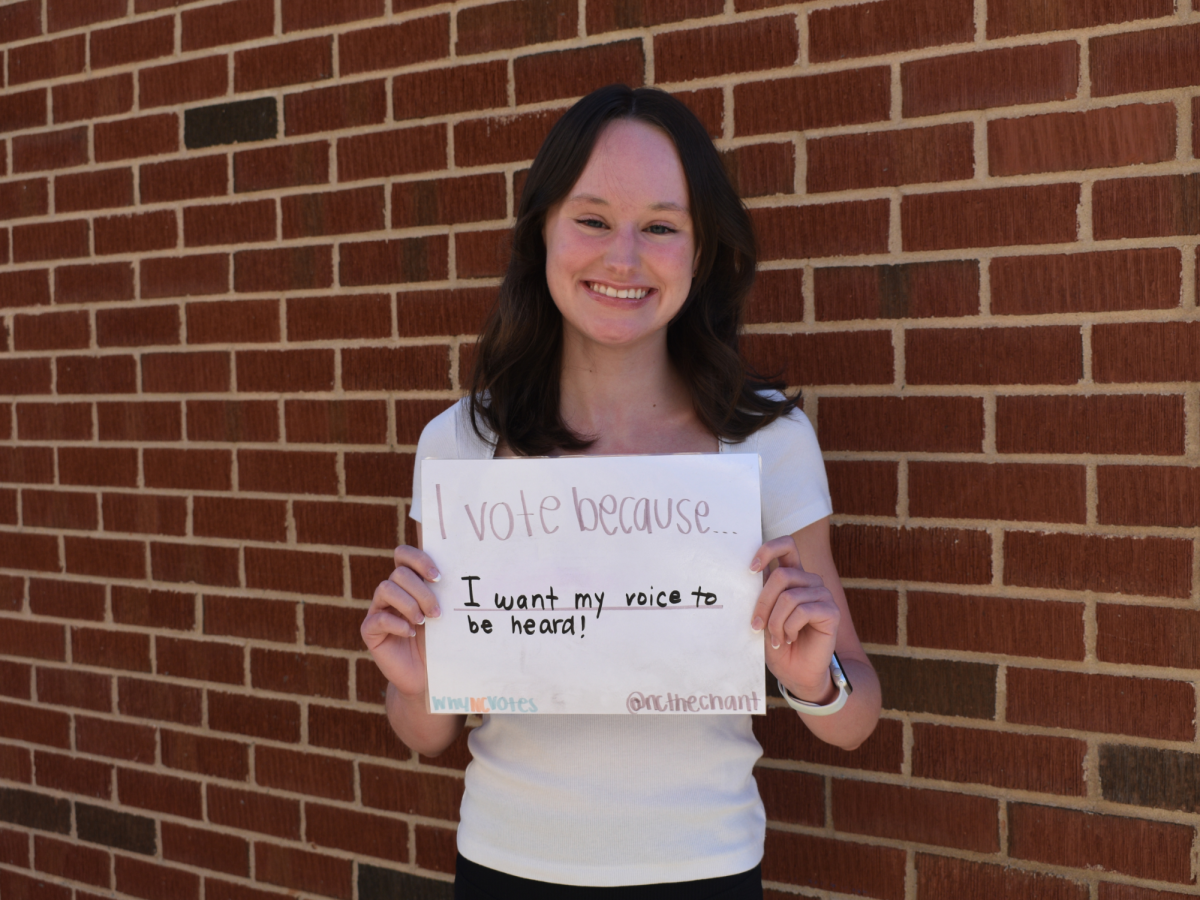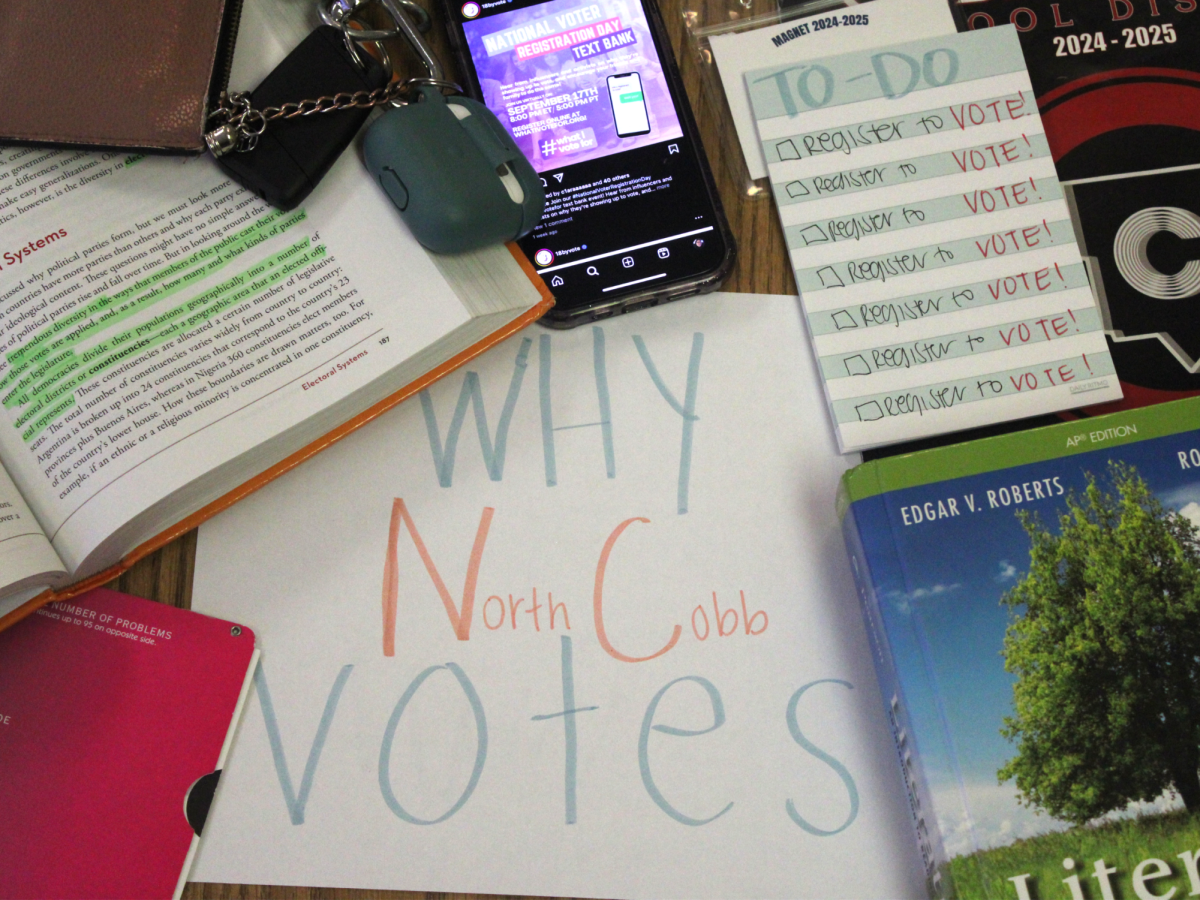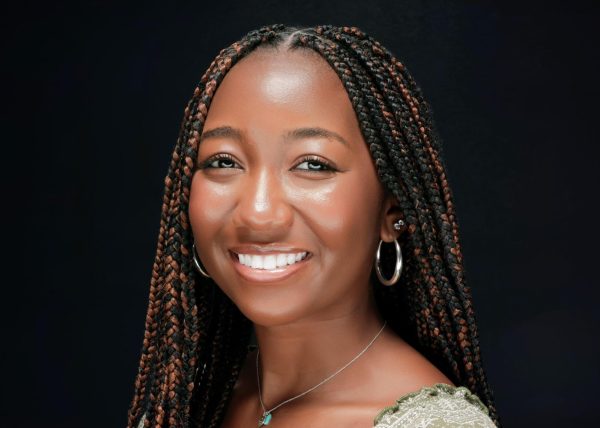Voting has taken on several forms in recent elections. Whether through voting in person or with an absentee ballot, Americans possess myriad options to launch their voices into the civic conversation. As voting methods — and rights — have progressed for citizens over time, it remains increasingly important to acknowledge both voting’s advancement, as well as the privilege it provides. Dr. Pamela Roach, Advanced Placement (AP) Macroeconomics and honors government and economics teacher, firmly understands the fortune that voting grants individuals. As she reflects on voting’s past, she hopes to inspire her students to recognize its novelty; as always, she will do it with a smile.
“My brother and I would go with our mother when she voted, and we would go into the voting booth back when there was actually a lever you had to pull to cast your ballot. And if we were good, we got to pull the lever. So the entire time my earliest memories of voting are with my mom voting and it was just something that you did because she said we should all go and vote. Let our voices be heard,” Roach said.
Despite the tight-knit nature of 21st-century voting practices, the predecessors of this democratic process did not always possess such security. In the 19th century, white men — the only group in the U.S. with the ability to voice their political views on the electoral stage — cast their votes by voice voting. The men would messily gather in a courthouse, and announce to the clerk who they wished to elect. At the end of the 1800s, paper ballots emerged with the various candidates listed on them at the discretion of political parties. Prevalently partisan ballots created the space for early accusations of voter fraud and reigned supreme as the predominant voting method until the creation of the “Automatic Booth” voting machines in the 1910s. This modernized mechanism of casting a ballot ushered in the lever style of voting Roach witnessed as a child. 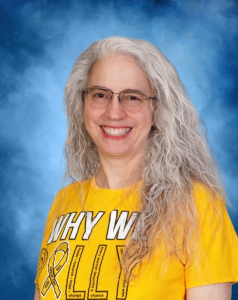
Punch card voting, also known as hanging chads — shoutout Bush versus Gore — served as a prevalent but shoddy way of voting due to the inconsistency of punching the holes. The current fill-in-the-bubble scantron represents the method by which Americans know intimately. Technology has also revolutionized how citizens cast their ballots by increasing the accessibility of voting systems, as well as easing up the process for citizens who can not see clearly. For as long as America has existed and grown, the way that citizens propel their voices up toward their democratic institutions has too. As a teacher firmly positioned between the intersection of the U.S. political system and its economy, Roach uses her distinct lesson plans to motivate her students to become interested in democracy. Her knowledge — and subsequent appreciation — of how intimately different structures contribute to the current civic landscape of the country pushes her to teach her students through an optimistic lens and show them the extent of power that lies within their actions.
“I vote because I think it’s important. I vote to honor [my] mom, and I vote because it matters. Voting in some countries, and you saw this on Constitution Day with some of the videos that were made, is not allowed by everybody. It matters, and it’s the act of political participation that can hold elected officials accountable. When people vote for them, they will claim they have a mandate to act. Well, let’s show them exactly how much of a mandate they do or do not have,” Roach said.



![During an election season, several Americans recall the extensive history — and conflict — with how voting has operated. The vast and often frustrating methods of voting used in decades past can allow modern citizens to appreciate the current methods in place, while also remembering the fond memories that occurred on the civic struggle bus. For Advanced Placement (AP) Macroeconomics and honors government and economics teacher Dr. Pamela Roach, her knowledge and lived experiences of different voting eras allow her to cherish her civic duty, and teach her students to do the same. Although it may not be the most efficacious, I think voting is one act of political participation. You [can] write and email your elected representative, whether it's at the local state or national level. [That] has a place in democracy because how else will those elected officials know what we, the people, want? ‘We the people’ is a powerful phrase, and no one takes the time to actually go and let their voice be heard by these individuals. So yeah, your voice matters,” Roach said.](https://nchschant.com/wp-content/uploads/2024/11/roach-photo-1-1200x900.png)

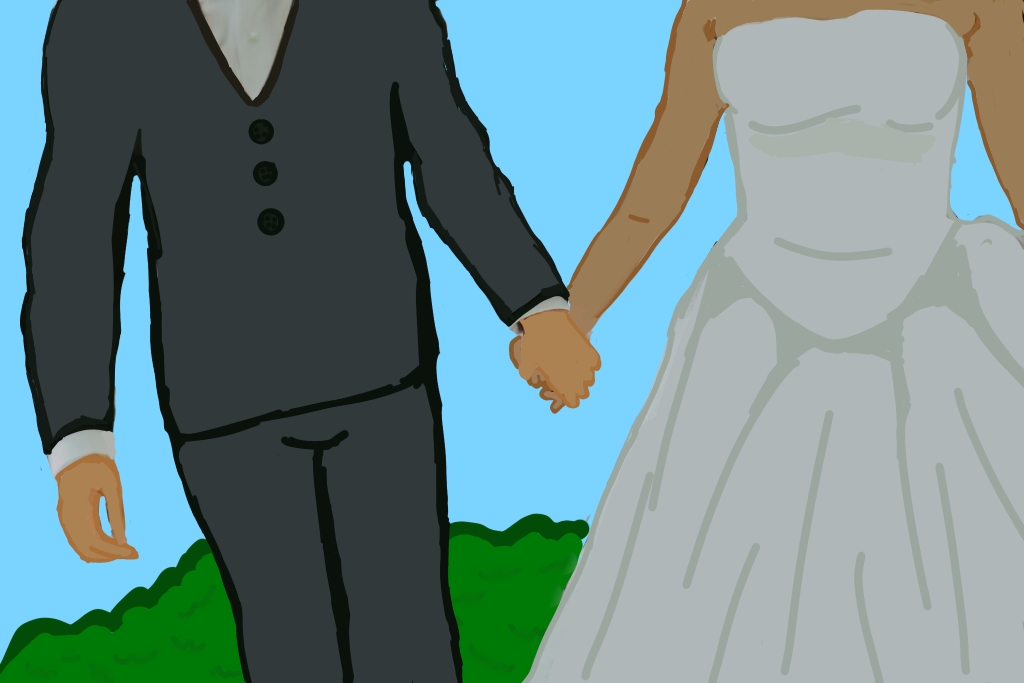
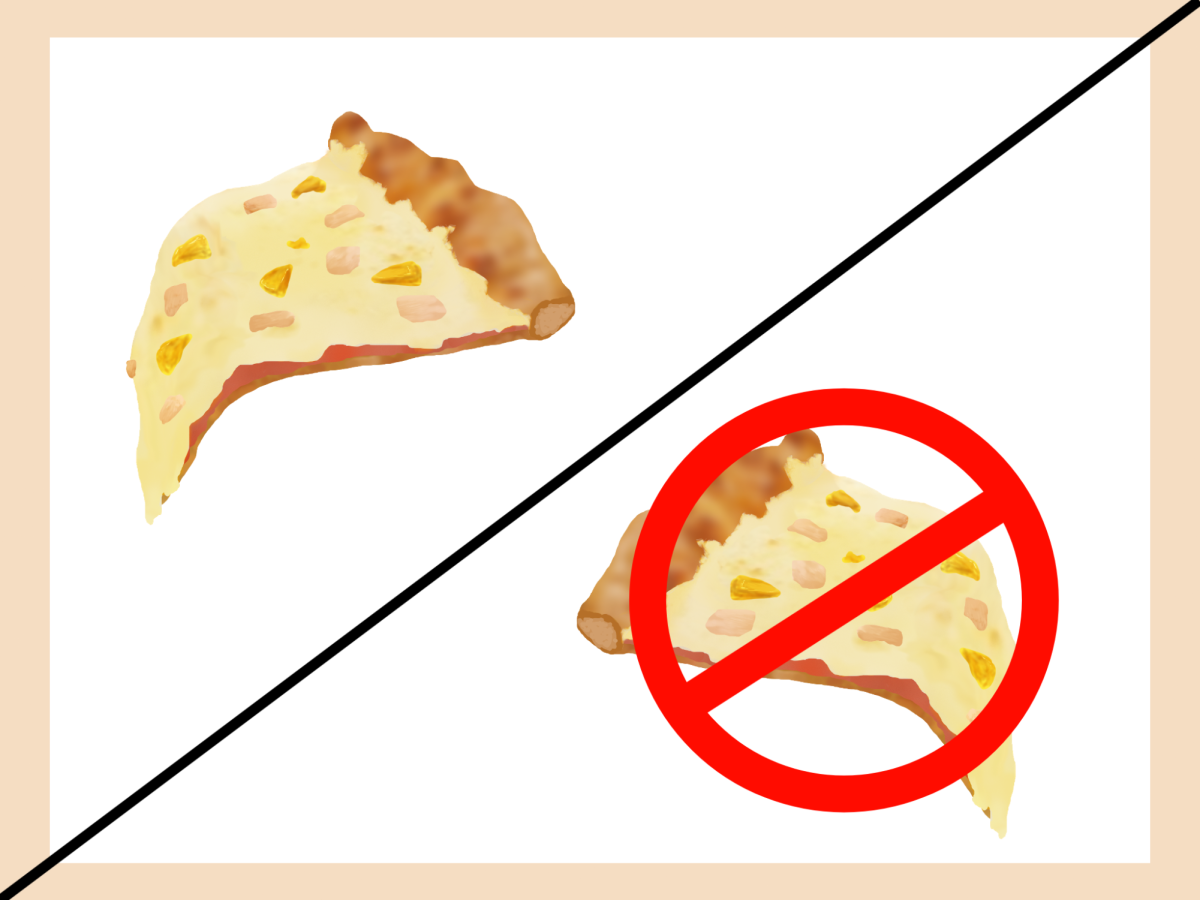
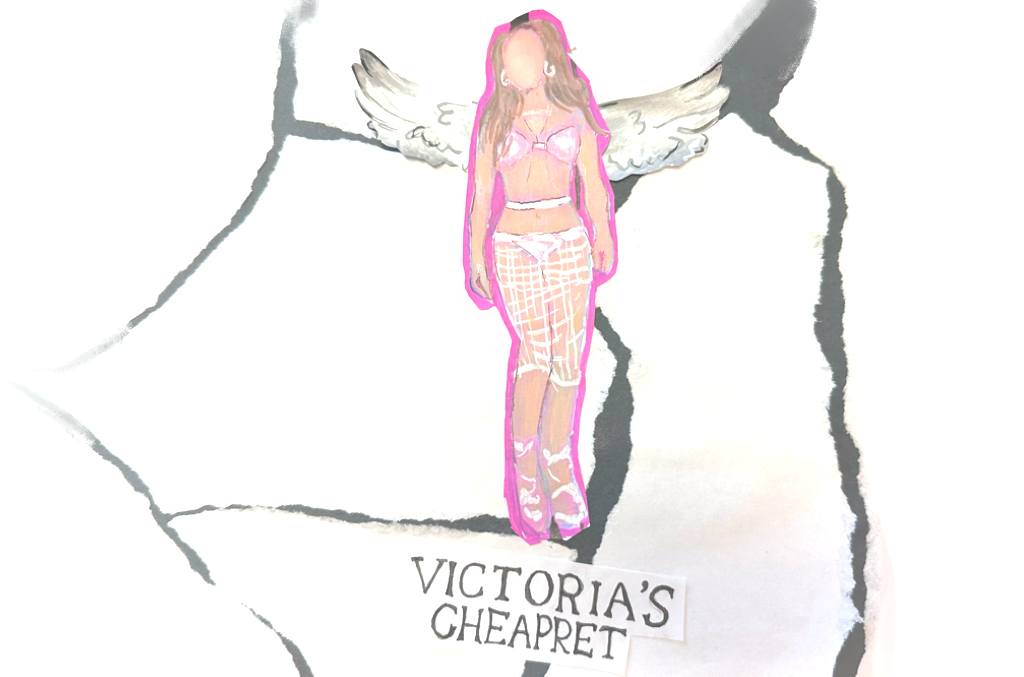


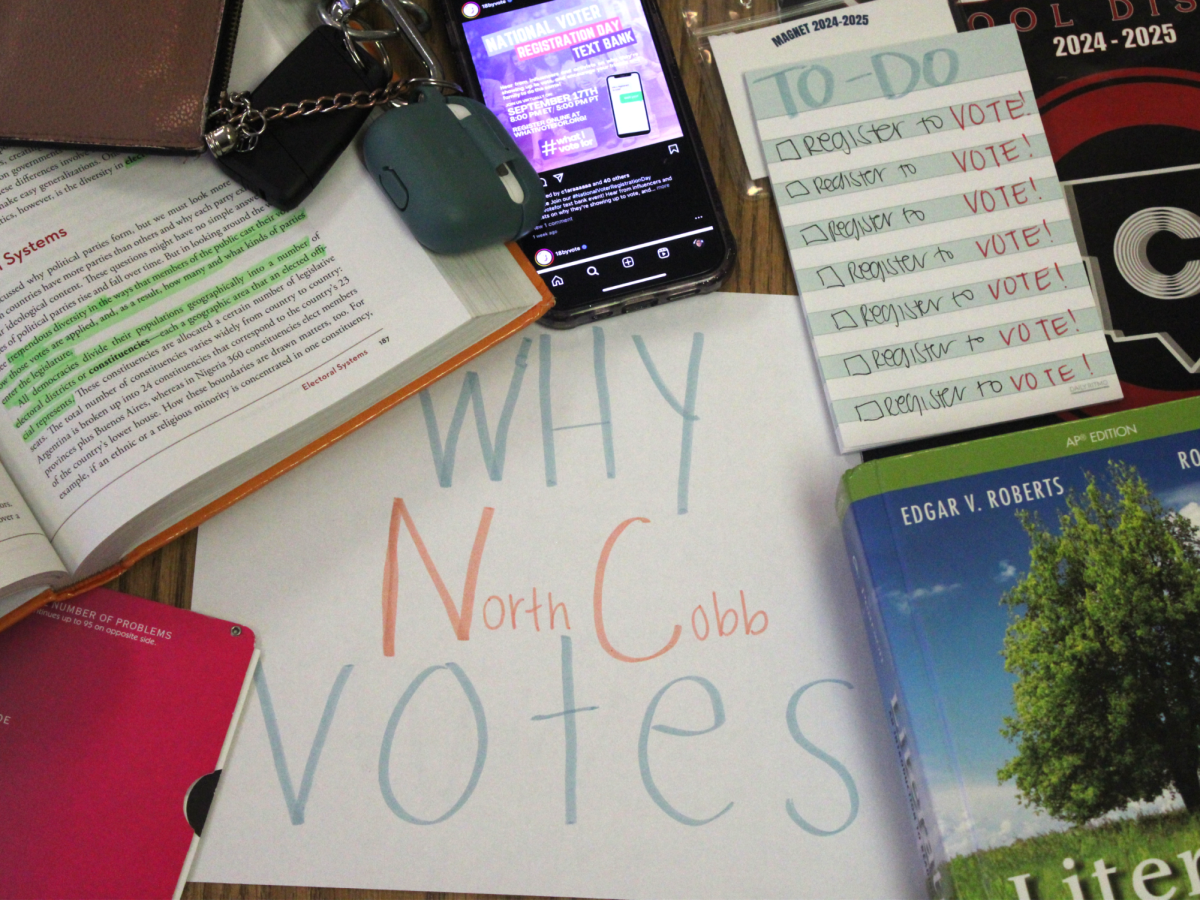
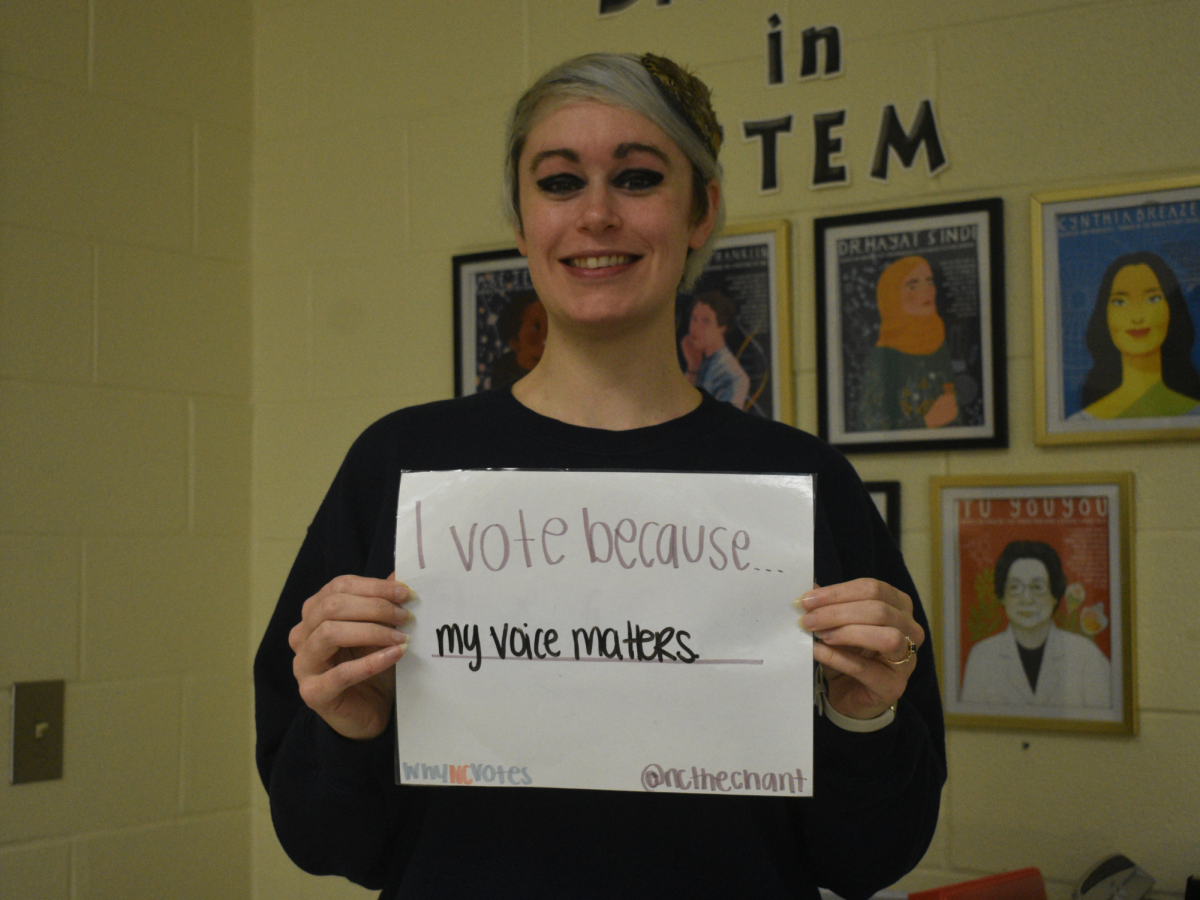
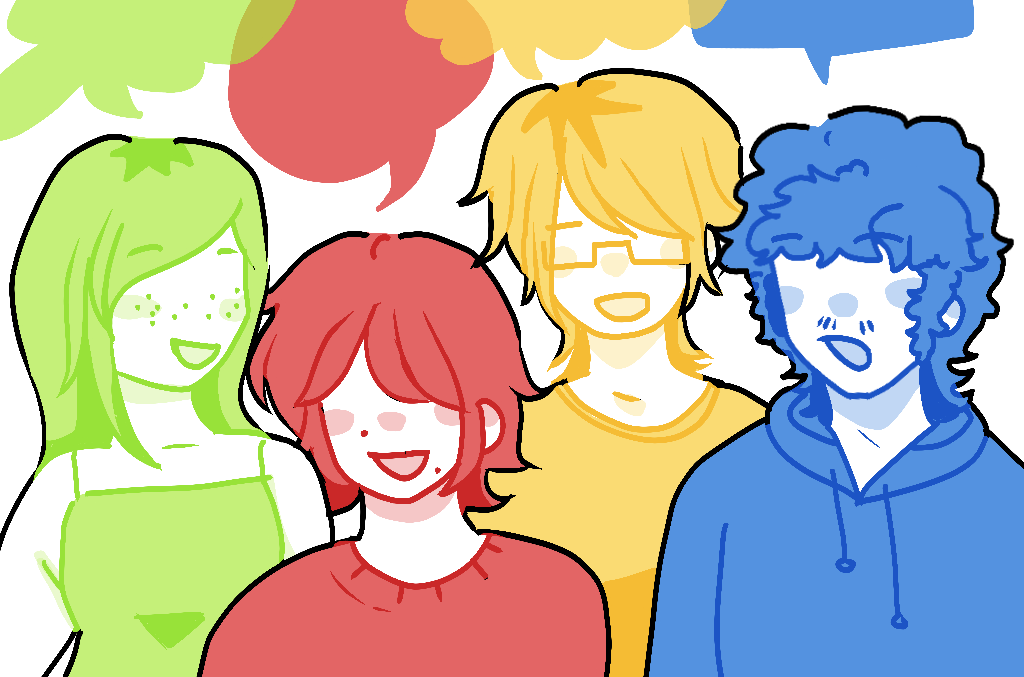
![For several government and politics educators around the U.S., an election season represents a key time to educate their students through tangible examples. In the case of Advanced Placement (AP) Comparative Government teacher Carolyn Galloway, this opportunity not only excites her but fervently aligns with her zeal for democratic processes. Through her personal and professional experiences with voting and government, Galloway encourages her students — both those who can vote and those who can not — to enter into elections informed about any topics on the ballot. “[Voting] impacts your government, especially on the local level, because not a lot of people vote on the local level. Who you vote for, how you vote, and whether or not you understand what you are voting for impact everything from who your tax commissioner is, to who your president is, to what ballot measures pass. All of those impact the way the government works for you,” Galloway said.](https://nchschant.com/wp-content/uploads/2024/10/galloway-photo-2-1200x900.png)
